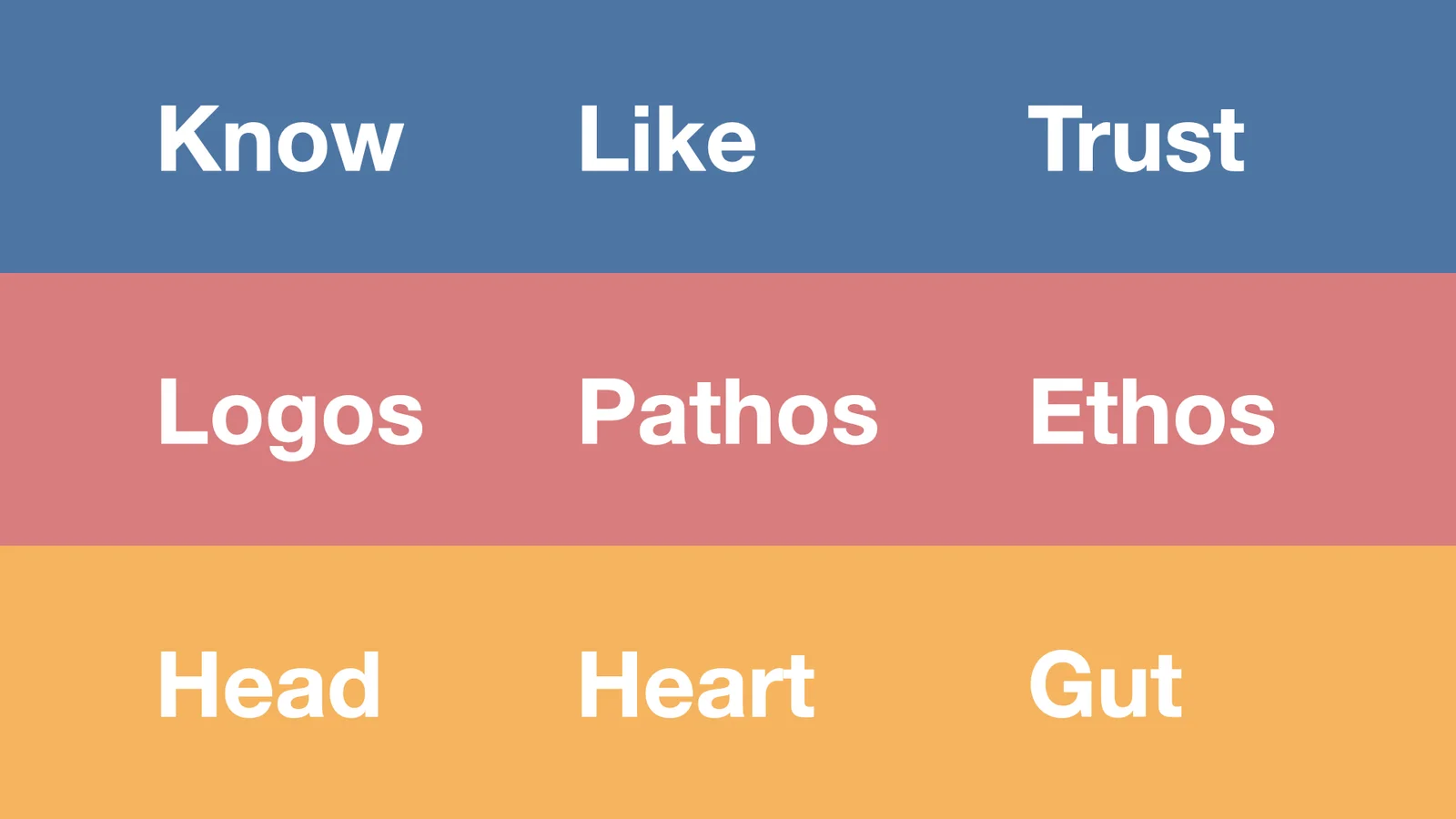The Three Dimensions of Public Speaking
Humans have been making public speeches for thousands of years, but until recently, the number of folks doing so has remained rather small, in single digits percentage wise. Unless you were a politician, business leader or social activist, you were in the audience listening, but much has changed in recent decades.
With the advent of venues such as Creative Mornings, the TED Conference and TEDx events now held around the world, as well as storytelling podcasts such as The Moth or The Narrators, and story conferences like the Future of StoryTelling or The Power of Storytelling, the cachet of storytelling has never been greater.
More importantly, public speaking / storytelling skills have become fundamental attributes for any employee working in the commercial and/or nonprofit sectors. If you can’t tell your story, as well as the stories of your organization, customers and stakeholders, you’re at a disadvantage. So what makes a speaker impactful?
There are many factors that go into crafting and delivering stories that inform, enlighten, even challenge a listener, but here are three dimensions that form the foundation of public speaking. (p.s. they’ve been relevant for a few millennium)
Often referred to as the KLT Factor, the marketing world has long touted the idea that consumers buy products from someone they know, and like, and trust.
But if we traveled back to ancient Greece we might hear Aristotle speak about rhetoric and his take on ethos, pathos and logos (ethics, emotions and logic) as key attributes possessed by great speakers and found in moving speeches.
The discipline of business decision making often refers to the combination of head, heart, and gut (intellect, emotion and intuition).
As you can see, these parallels point to a speaker’s credibility or trustworthiness, combined with a story’s ability to touch us emotionally, and for the narrative to make sense. It’s the combination of all three that creates story magic.
To see how it’s done, take a moment to spin up Robin Steinberg’s TED Talk that explores the bail system in America – how it works, what’s wrong with it, and her solution to the problem.
Robin’s personal story establishes credibility on the topic, as it’s her profession. She also spends time explaining how the system works, or doesn’t, and uses the experience of someone who was victimized by an unfair system to bring out the emotional side of the story. Thus, we come to believe her, and her argument.
As you craft a story of your own, make sure you address each of these critical dimensions. Will an audience place their faith in you through a bond of trust? Will they feel your story in a way they can relate to? Will their intellectual side be satisfied with the logic of your proposition? If one of these factors is missing, their confidence in your idea will be too.
◆
◆
contact me to discuss your storytelling goals!
◆
Subscribe to our newsletter for the latest updates!
Copyright Storytelling with Impact® – All rights reserved


